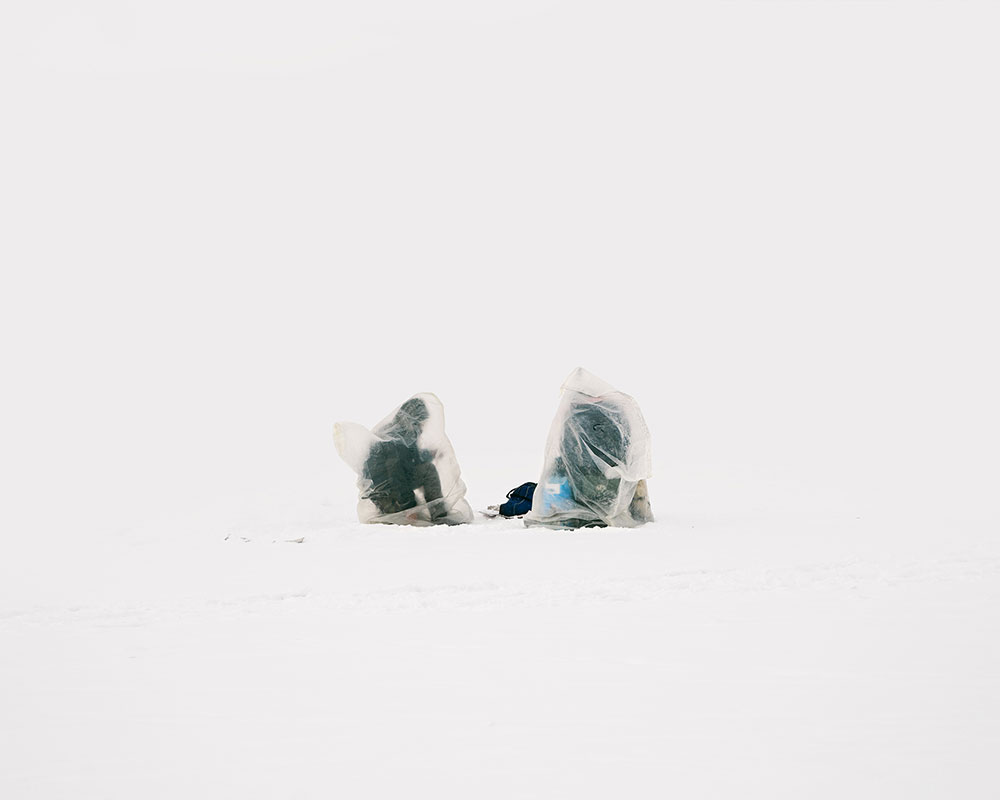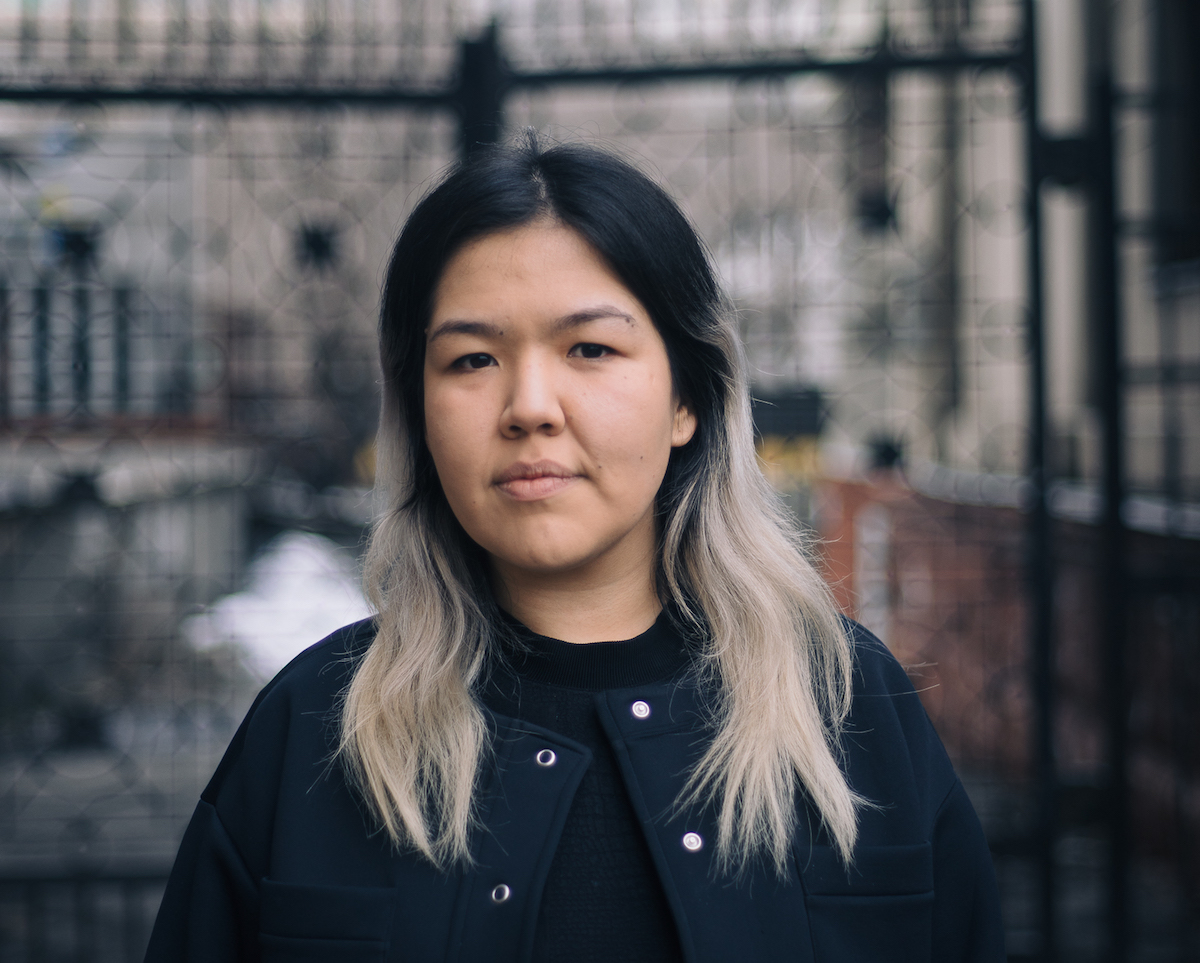My Astana: an intimate view of Kazakhstan’s showpiece capital
Each month we profile a photographer tagging #NewEastInFocus on Instagram. In her own words, this month Balnura Nusipova recounts her summers in rural Kazakhstan, Astana’s shifting cityscape, and the value of finding beauty in the little things.
My name is Balnura. This name was given to me by my grandfather, but my friends usually call me Baloo, after the bear in The Jungle Book. I am studying to become a film director in Astana. I have been drawn to photography ever since I was a child and wanted to stop time. On my seventh birthday, my parents got me an analogue camera, which I used for a while and then put down until I was 16. I always loved recording random things on VHS. I believe the camera is the closest thing to having a superpower.
I am originally from Almaty. In 2001, my family headed north to Astana, the young capital of Kazakhstan. We would often go back to see our family. The constant train travelling — and the endless steppe — has definitely influenced my aesthetic.
My most vivid childhood memories are from the village in the Dzhambul region where I’d visit my grandparents. It was really important to my parents that we learned Kazakh. There are not many people in Kazakhstan who know the language really well. The north of the country has remained Russian-speaking since the Soviet Union collapsed, and the population who speak Kazakh often face stigma. I remember the summers spent with my grandparents with fondness: playing football on rocky roads, stealing apricots from the neighbour’s gardens, and herding sheep in the pastures. The train journey was also memorable. The radio would play Gorillaz, the train conductors sold playing cards, crisps, and beer, and you’d catch the sun melt into Lake Balkhash as you passed by.
Life in this part of the world is poor, but people still party from evening to morning. Very few can afford to live frivolously but summer has always been the season for weddings and celebrations. Kazakhstan has plenty of festivities: uzatu (marking the bride’s acceptance into the groom’s family); tilashar (in honour of a child starting school); tusau-keser (celebrating the first milestones in a child’s life), and many more. Each festivity would start with preparing mutton, usually the day before, and end with Felicita, Hafanana, and Jimmi Jimmi Aaja Aaja being played in between Kazakh national songs and traditional dombra songs.
There is not a lot to do in Astana if you’re young. In Almaty you can always find a cozy place to have a drink, such as Le Jañbyr, and then head to Chukotka, Vzletnaya, or Object. There’s also ZVUK, which is dedicated to underground electronic music. The day after a ZVUK night it’s tradition to go to the mountains to revive yourself for the week ahead. My social circle includes artists, academics, musicians, sociologists, journalists, programmers, and the like. Lots of people would like to make our country better but the future seems hopeless. Quality of life, education, and rights all have a part to play. Young people have to make the decision whether to leave or stay and help fellow citizens.
My work unites old and new Astana. In 2017, I was part of an exhibition called Time and Astana curated by Aigerim Kapar, in cooperation with the artists Almagul Menlibayeva and Askhat Akhmedyarov. My work in the exhibition revolved around the topic of architecture and its influence on identity, the historical amnesia that comes from the demolition of old homes, and the cheap new-builds that appear in their place. I visited the streets where the demolitions had started to take place. The idea was to memorialise the city the way it was before. I then turned the photos into collages and triptychs.
If the Soviet tower blocks taught us anything, it’s to find beauty in the little things. It’s easier when the architecture and landmarks remain the same, and the streets retain their character without any changes. It teaches you to be attentive, sensitive, fearless as a photographer.
I like photographing the here and now. The people in my photos are often my friends but there are also some subjects I met at random. The question is often “when”, not “who”. Sometimes you feel like you have found the perfect model, but then you don’t get the result you want. Other times, you take a secret photo of a passerby and fall in love with in that very second. This is also true of nature, architecture, the sky. The kind of photographs I enjoy taking are the ones I feel are truly honest.
Follow @sadnerdo


